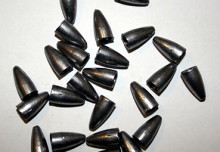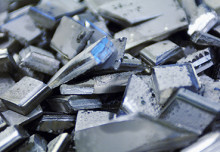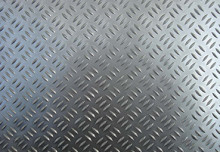This bluish- white metal is in fourth place among the metals most commonly traded on an exchange after iron, aluminum and copper. It comes from mines around the world and is usually found in minerals associated with other metals.
The zinc ore also contains deposits of other metals, in movements in the markets of these metals can affect the amount of zinc extracted. For example, one of the processes of extraction of the zinc is also used to extract pure lead from the raw material. If the price of the lead salt can increase the amount of zinc ore processed, with a consequent increase in the supply of zinc.
Over seven million tonnes of zinc are produced each year worldwide. The largest mines are located in China, Australia and Peru. Zinc can still be recycled indefinitely without losing its physical and chemical properties, which means that part of the world supply of this metal is made of recycled secondary sources.
MAIN USES
Galvanizing Steel
Almost half of all zinc produced is used for galvanizing steel, a process that involves the immersion of a metal object into molten zinc to create a patina. Due to its chemical properties, zinc is effective in preventing the corrosion and thus extends the useful life of the steel used in construction.
Alloys
Brass is an alloy of zinc and other metals, the most common of which is copper. Brass is malleable and is a good conductor of electricity, so it is widely used in electronic devices.
Minting of Coins
Zinc is the primary metal used in the production of American cents.
THE MARKET OF ZINC
Zinc is the Treaty on the London Metal Exchange (LME). Official prices are fixed during the second trading session zinc (or ” ring “) of the day, from 12:50 to 12.55.
The factors that affect the price of zinc are:
- Demand/offer Other industrial metals
- Primary Production
- Offer of scrap metal






 English
English Italiano
Italiano